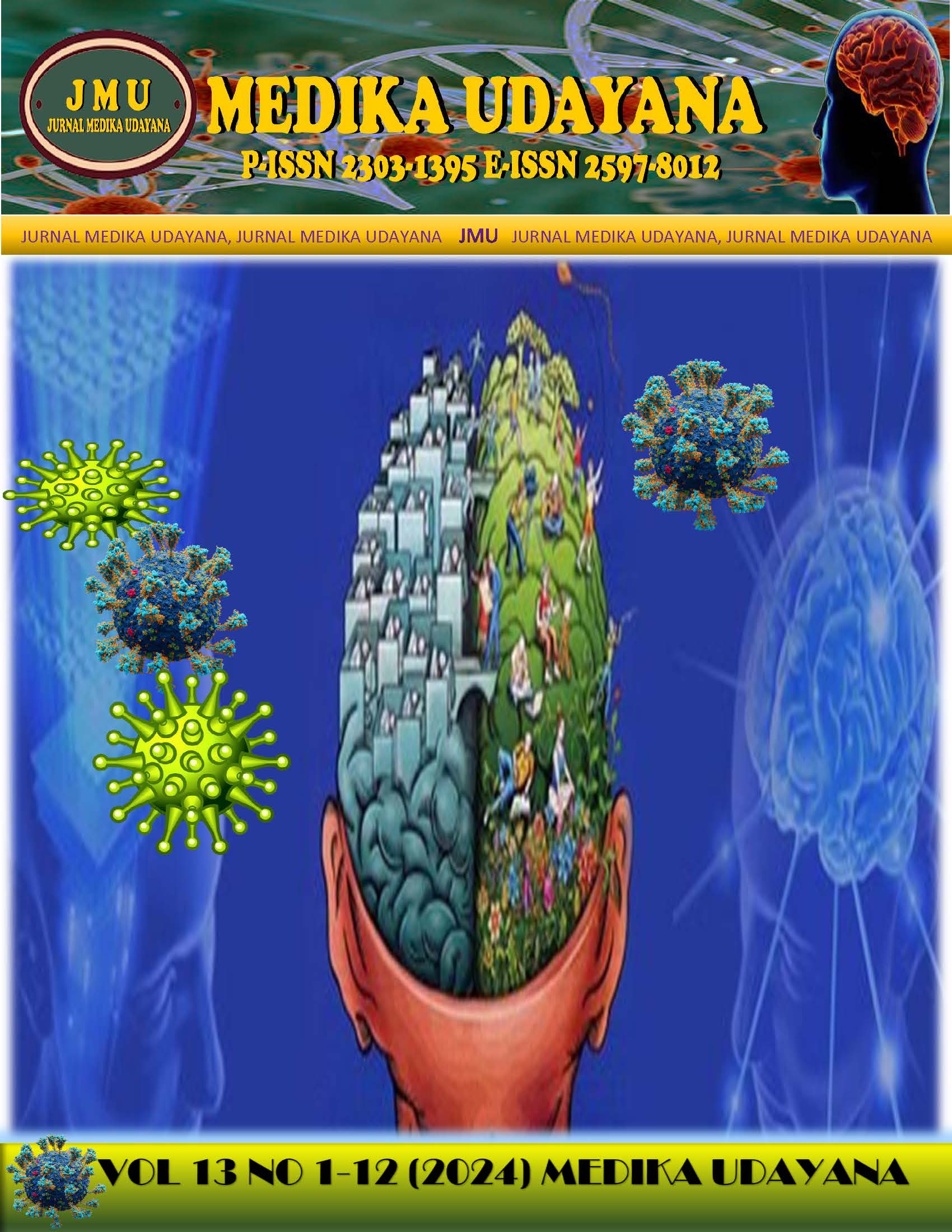ASSOCIATION BETWEEN THE NEONATAL PAIN SCALE AND SALIVARY CORTISOL LEVELS IN PRETERM NEONATES USING MECHANICAL VENTILATOR
Abstract
Background: Preterm neonates have an increased risk of respiratory distress syndrome requiring mechanical ventilation. This medical procedure causes pain which increases the risk of stress and impaired brain development. Several studies have reported that serum cortisol increases in response to pain in neonates. Several methods can be used to assess pain including Neonatal Infant Pain Scale (NIPS) and the Premature Infant Pain Profile (PIPP). This study aims to determine the association of neonate pain scale with salivary cortisol levels of preterm neonates who use mechanical ventilators.
Methods: This one-group pretest-posttest study was conducted from June 2022 to May 2023 at Dr. Wahidin Sudirohusodo Hospital, Indonesia. NIPS, PIPP, and salivary cortisol were assessed before intubation and 60 minutes after mechanical ventilator installation.
Results: A total 28 subject was analyzed in this study. After 60 minutes of ventilator installation, the saliva cortisol value in the NIPS assessment of the non-pain group (n=29) was 1.349 (0.028-9.641) ng/dL and moderate pain (n=1) was 3.742 ng/dL with p>0.05 and the PIPP assessment of the non-pain group (n=25) was 1.349 (0.028-9.641) ng/dL and moderate pain (n=3) was 1.651 (1.324-3.742) ng/dL with p>0.05.
Conclusion: There is no association NIPS or PIPP assessment and salivary cortisol levels in the use of mechanical ventilator. However, pain scales should be assessed to guide management and reduce morbidity.











